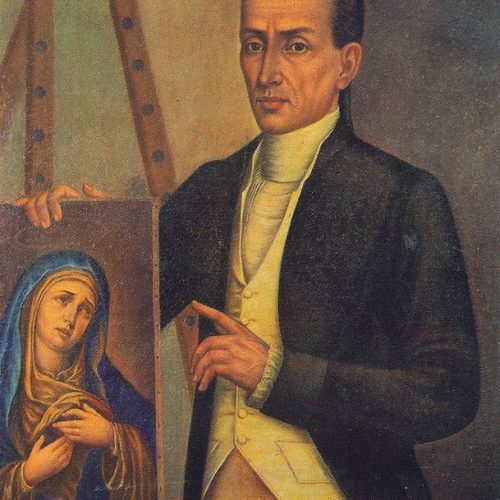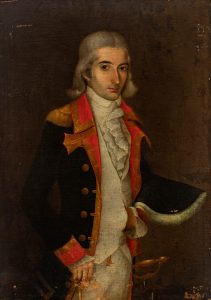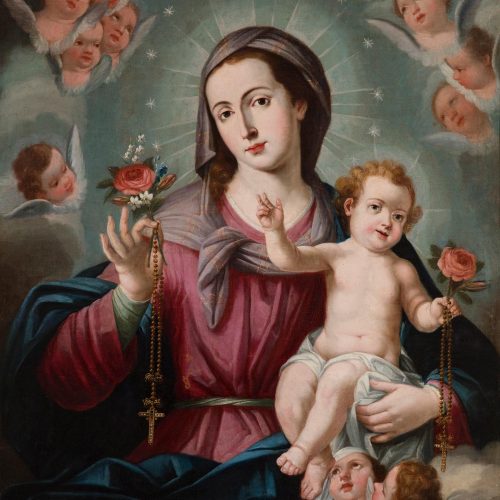José Campeche and the treasures of America.
When speaking of viceregal art, reference is made to one of the stages of greatest artistic fertility. It was common during modern times to collect treasures and exotic pieces from the Americas thanks to the trade and abundant traffic of art from the New World . In turn, the emphasis placed on promoting the artistic and cultural field resulted in the birth of new teachers who stood out for their innovation and technical quality. The distance from the metropolis, together with the different social realities that were taking place, gave the New Spain baroque its own characteristics.
The two main themes developed in New Spanish painting are undoubtedly religious and portraiture . Religious iconography is implanted in America firstly for its evangelizing function, and secondly to meet the demand for painting demanded by the new temples and churches that were being built. Progressively, those imported models that were originally copied so rigorously, evolve towards new and innovative proposals.The claim of the Indian by local artists, together with the introduction of new materials, as well as the strong mark left by European art is reflected in a repertoire of unique themes and a cultural roots that had not been seen before in Europe. .
On the other hand, portraits of high society were also a constant. Viceroys, the military, politicians and the nouveau riche are increasing the demand for this genre, popularized, among other things, by the need of the upper classes to demonstrate their new and well-off economic and social situation. Although characteristics of sober Spanish portraiture are adopted, they have to be adapted to the demands of the Indian market , where a special emphasis on the reflection of possessions, of those famous treasures that New Spain offered them, is evident. In this sense, it could be said that art was a reflection of the society of the time. (portrait of Commander Churruca lot 35272117 ).
One of the most notable figures on the 18th century viceregal art scene was the master José Campeche (1751-1809), considered the first renowned painter in Puerto Rico. Was a Self -taught artist , strongly linked to art thanks to his father -doctor and adornist- and to the self-interest that he cultivated throughout his life. Campeche was a faithful follower and introducer of the western artistic tradition, which influenced his work throughout his entire career . From his first stage he highlights the importance of drawing, where the linear stroke prevails over the other aspects of painting. However, in its second stage, it enriches its color range and blends the characters with the environment. However, the author does not neglect his taste for detail, a feature that made him stand out especially when applied to portraiture . Part of this evolution took place thanks to his contact with Luis Paret, a Spanish chamber painter, who was exiled to Puerto Rico by King Carlos III. De Paret acquires those characteristics of the rococo that he introduces to his work. Although it is in portraits where the author is popular for his quality and detail, It also had an extensive production dedicated to religious themes, highlighting the representations of saints and virgins. Although he never left Puerto Rico, Campeche left a strong mark, creating a school and being one of the most recognized painters in the Americas. (Virgin of the Rosary 35256344).








